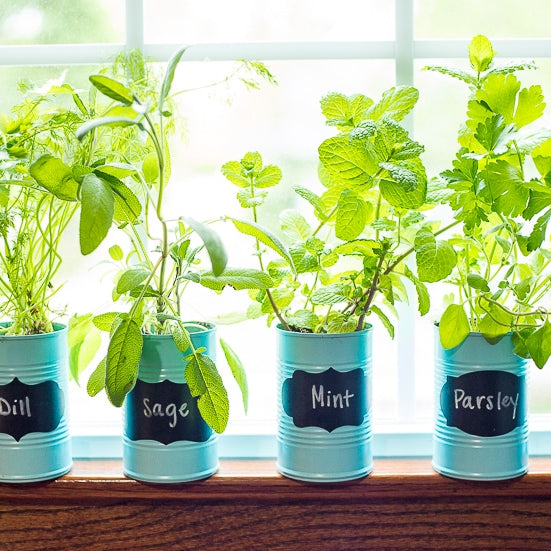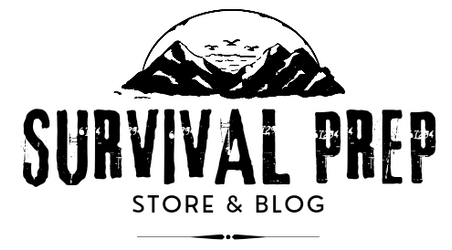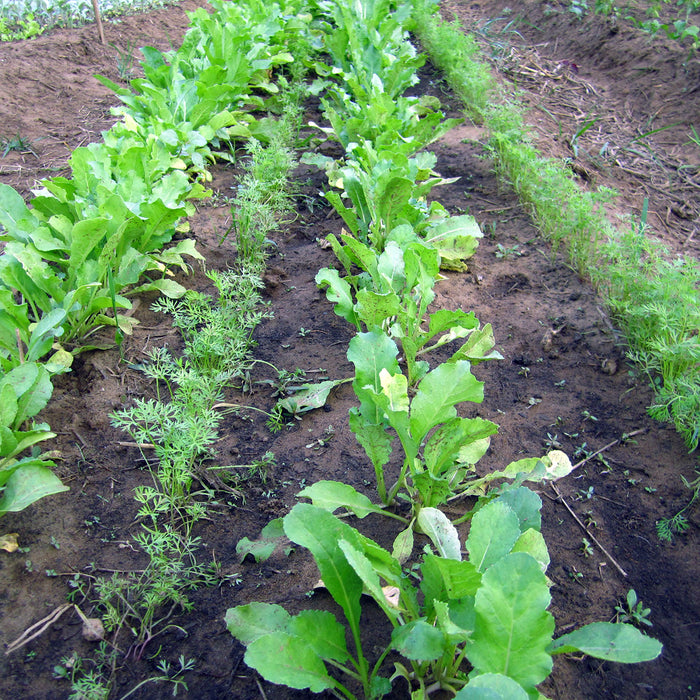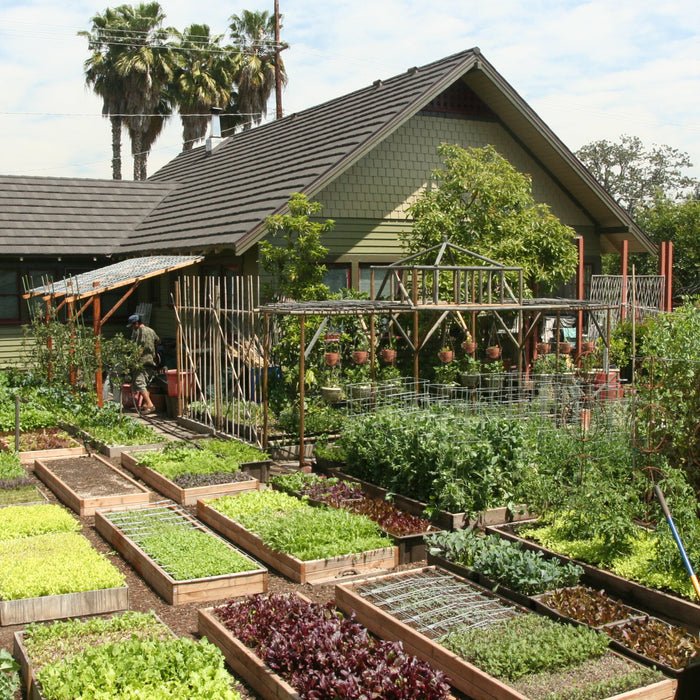
Creating and Storing an Emergency Water Supply
Creating and Storing an Emergency Water Supply
In certain emergency situations, access to clean drinking water may be just enough to save your life. Prepare for this scenario by creating and storing an emergency supply of water that will sustain you and your family long enough to get help.
Bottled Water
If you read the previous blog post about bottled water you might disagree with the CDC recommendation that unopened commercially bottled water is your safest bet - but it's better than nothing. If you don't have access to bottled water, you can buy a UV Sterilization Pen or an Emergency Water Filtration Bottle that will filter out bacteria and viruses from any available water source.
- Store at least 1 gallon of water per person per day for 3 days for drinking and sanitation. Idealy, you should have a 2-week supply if possible.
- If you live in a warmer climate, are pregnant, or sick, consider storing even more water.
- Keep an eye on when store bought water will expire.
- Replace non-store-bought water every 6 months.
- Store a bottle of unscented liquid household chlorine bleach (label should say it contains between 5% and 9% of sodium hypochlorite) to disinfect your water, if necessary, and to use for general cleaning and sanitizing.
Choosing a Container

BPA Free 50 Gallon Water Storage Container
When storing safe water (water that has been treated to make it safe to use), it is best to use food-grade water storage containers, which do not transfer toxic substances into the water they are holding. FDA-approved food-grade storage containers can be found in our "Emergency Supplies" section or by clicking the link above.
If you choose not to use one of our containers please be sure it:
-
Has a top that can be closed tightly to prevent air from getting in
-
Is made of durable, unbreakable materials that are BPA free
-
If possible, use a container with a narrow neck or opening so water can be poured out.
DO NOT USE containers that previously have been used to hold liquid or solid toxic chemicals (bleach, pesticides, etc.)
- Tips for removing safe water out of the container:
- If using a scoop or other device, use a clean one each time you remove safe water from the storage container to help avoid contaminating the water.
- Before scooping out the safe water, try not to touch the water or insides of the container with your hands.
- Never scoop safe water with your hands.
- Tips for storing safe water in a container after cleaning and sanitizing:
- Label container as “drinking water” and include storage date.
- Replace stored water every six months.
- Keep stored water in a place with a cool temperature (50–70°F).
- Do not store water containers in direct sunlight.
- Do not store water containers in areas where toxic substances, such as gasoline or pesticides, are present
Recommended Posts
- How to Build a Bug Out Bag for Kids: Tips and Tricks
- 10 Survival Skills Every Kid Should Know
- Food prices are about to skyrocket even more; Prepare for a 'famine,' followed by housing crash, then equities wipeout - Michael Gayed
- South Threatened by Severe Weather After Texas Tornado Disaster: How to Prepare.
- The Ultimate Guide to Radiation Water Filters: How They Work



